When I first heard of Cape Verde I was drawn to its sale’s speech of untouched sandy beaches, all year sunshine and peaceful surroundings.
When I got to Cape Verde I found that the books were true in all these areas, the island had one day of rain in 2011 and temperatures were a hot 25 degrees when I went in March with tropical winds hiding the heat of the sun.
I read before I went of the natural beauty on the island and wanted to use this as part of fuel to encourage me to write more, it certainly did that! I am now half way through my Space Story and it’s a visit to The Blue Eye that started me off again.
The Blue Eye: A gap in the rock that reaches down to the ocean floor where there are minerals lying that you can see when the sun hits the rock in the right angle. It’s a bit of natural beauty that’s only comparable so far in my young life to Nature’s Window in West Australia.
I also read that there was not much to do on the island, which to be honest with you I was actually looking forward to however I was pleasantly surprised that this was nonsense. Granted it’s not commercial yet and is not lined with bars, theme parks, water parks and countless other British touristy life and there are no wildlife parks or zoos due to the sheer lack of wildlife on the island itself, however there are things to do on the island, it just depends what you’re looking for.
If you wanted to you could get down to the Tourist Office in town ran by an English lady and her Portuguese husband and book to: Scuba dive, snorkel, ride on a catamaran, deep sea fish, walk with lemon sharks, visit a salt farm and lake, surf or swim or if it’s more on-land activities you could kite surf (or learn how to), walk, trek, off-land on 4×4 or quads not to mention the restaurants, cafes and bars lining Santa Maria.
I would also recommend a visit to the pier to see the local fishermen and their wives do their thing (but only go if you’re okay watching live fishing with all the blood and gore)
If none of that is of any interest than there’s the Caribbean style heat to sit back and do nothing in. In short, I loved the place and I found it extremely laid back, friendly and safe.
Its history and future?
The islands were formed from volcanoes; there is one still live that you can visit for a couple hundred euros for the flight. Tourism is the lifeline of Sal since its salt exportation stopped. However, the island feels in no hurry to create a mecca for British culture which I found extremely appealing. Not only because the island is untouched but because there seems a buzz about it from almost everyone had I spoken to out there. Most people felt happy that things are developing but dread the island being swamped with the tackier side of tourism. So far it has not and it has the potential to be a thriving place to visit in years to come.
I was told by our guide on an island tour that the average age on the island was 26, with 15 deaths a year. Most people who work in Santa Maria – the main tourist area – live in the islands capital Espargos and travel down daily for work. Talking with the locals you get a sense that there’s a life outside of Santa Maria very real and separate from the glossy tourism guide books.
One of the ladies from the bar in my lovely little hotel, The Sabura, was a single mother of a 7 year old “I want only to work for my girl,” she said, “I don’t wish to find a husband or change my life but I do want to make money and savings for my baby’s future.”
This is the attitude I found with most local women I spoke with who were working in bars or restaurants. In fact most of the local people I spoke with here hard working and honest in their intentions and future plans.
You do get the poverty, with shanty towns on the outskirts of the capital, however the guide was explaining how each help the other and when it comes to poverty they are “all as one.” This made things easier when shopping for souvenirs because, unlike other countries I’ve visited, when I was asked to shop and said “no” I wasn’t asked again and was left alone.
I saw the poverty in the simplest way when I visited the port town of Palmeria on my island tour and someone from another group had come out with pencil crayons, that probably cost £1.00 in the pound shop for a pack of 10.
This lady I was watching gave a young boy who couldn’t have been older than 7 or 8 two of these pencil crayons and his face lit up. His mother was thanking the lady and the boy was showing his friends the pencil crayons sharing them around.
I think of children in the UK, what they have and how they’d react if a lady gave them two coloured pencil crayons and felt immediately humbled by what I saw.
The music – it’s all about the music!
There were other highlights on my holiday and one was most defiantly the Cape Verde music. It’s a strange mix of salsa, samba and fast African beats – for those who know Zumba dancing it’s very similar to a fast track dance.
I had been dancing with locals from my hotel and although I know how to salsa I couldn’t keep up (although some may say it was the beer making my feet dance wrong!) Whatever it was I found it extremely good fun and upbeat. I even found a street party – quite by random – and felt safe to dance amongst the locals without hassle that I would have found in other African countries.
The dancing is just one of the strange mixes on the island, with its Portuguese influences in music, food and language mixed with African culture and topped with the island mantra of “No Stress” which is written above almost every shop door the local people are extremely easy people to be around and beautiful with it.
I spent only a small amount of time on the island but completely understand why it’s becoming popular, I just hope and pray it doesn’t spoil the relatively unspoilt way of life it has right now.
I stayed all inclusive at the Sabura Hotel in Santa Maria which was an adult only small hotel, safe, clean and comfortable with a brilliant restaurant service and local drinks till midnight.
I booked with First Choice although I am sure there are other travel agents booking to go, flights were through Thomson and I know people who were staying b&b in the hotel and other hotels on the island.
I would recommend getting quads, visiting the blue eye, fishing pier and Santa Maria’s bars if only to hear the music!
I would also recommend bringing with you some colouring books and pencil crayons for children on the island, their smiling faces will make your holiday!
You can find more information about Cape Verde from BBC News
Since being home I have been inspired to create artwork based on art I saw on the island, you can see the artwork in my sister blog Art Space.

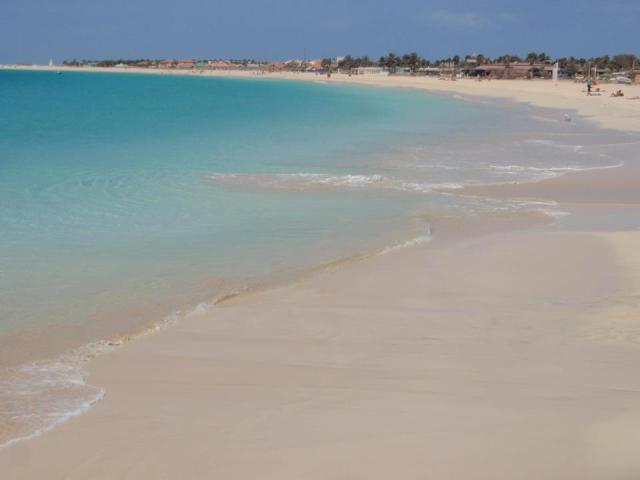
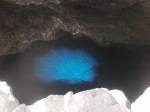

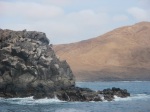



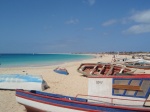

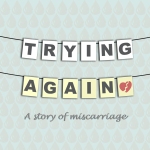

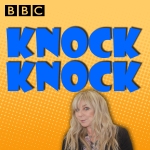
Pingback: Sal, Cape Verde | Writing Space – Wembley Travel Information
Thanks for another excellent post. The place else could anyone get that type of info in such a perfect manner of writing? I’ve a presentation next week, and I am at the search for such information.
Thank you a bunch for sharing this with all folks you actually realize what you’re speaking approximately! Bookmarked. Please also consult with my web site =). We may have a hyperlink change agreement among us